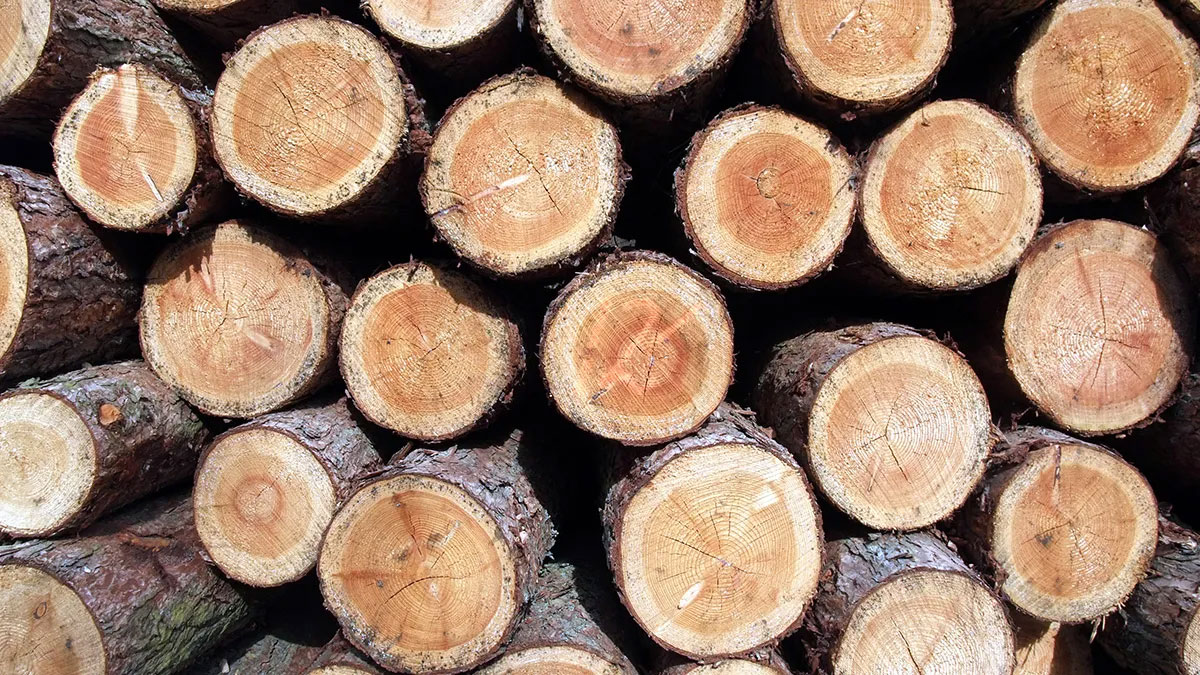The island nation’s underwater fields store huge reserves of carbon, though not as much as scientists thought.
News
Climate Change Is Weakening River Seasonality in the North
Seasonal flow variability is decreasing as climate change alters Earth’s systems, creating challenges for water management.
A Long-Lost Tropical Island Lies Off Brazil’s Coast
An undersea volcanic plateau in the southwestern Atlantic was a tropical island 45 million years ago.
La acidez del océano antártico aumentará rápidamente a finales del siglo
Nuevos estudios muestran que los niveles de acidez podrían llegar a duplicarse para el 2100, poniendo en peligro los ecosistemas frágiles del gélido Océano Austral.
What Biden’s State of the Union Means for Science
The president briefly mentioned efforts to combat climate change and investments in science as he kicked off his run for a second term.
Hiroshima Fallout May Offer a Glimpse of the Early Solar System
Bits of glass called Hiroshimaites may have formed by processes similar to those that formed the Sun and the planets.
التربة المكهربة تزيد نمو النباتات
خمسة أيام من الكهرباء المنخفضة الجهد الموجهة إلى جذور النباتات الناشئة عززت نموها بأكثر من 50 بالمئة.
Sea Otters’ Appetite for Crab Is Helping Strengthen Estuary Banks
Apex predators can have a powerful impact on coastal erosion rates by keeping grazer populations down, but their influence has been largely overlooked.
Super Tuesday Lays Out Election’s Environmental Stakes
U.S. elections could pull the country back from several environmental tipping points—or push it beyond them. Scientists are urging people to seek climate action beyond the ballot.
Los países más pobres enfrentan consecuencias más graves del cambio climático
A medida que los bosques se desplazan hacia latitudes más altas, las naciones enfrentan pérdidas tanto de beneficios ecosistémicos de mercado como no mercantiles.










